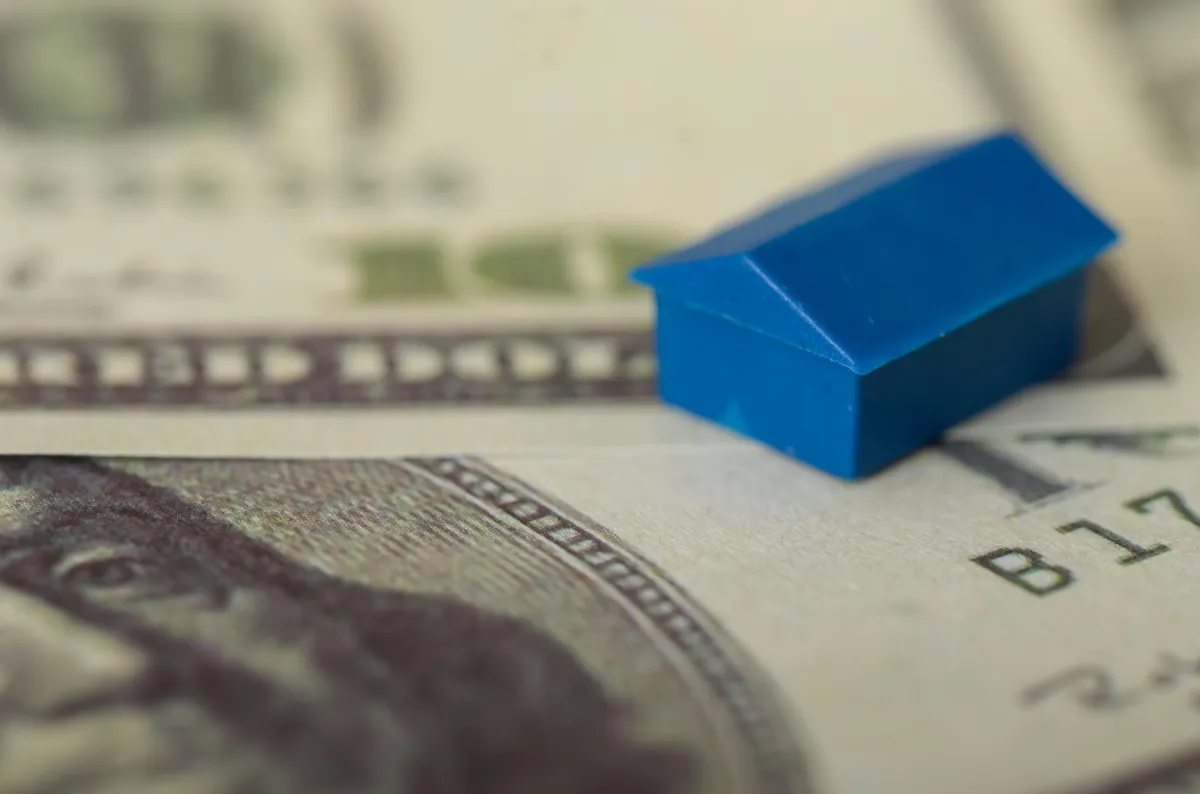Can You Really Buy Properties for $500? The Truth About Tax Lien Property Acquisition
Main Points

You’ve probably seen the headlines before: 'Buy Properties For $500!' Let me stop you right there. Though it is possible to acquire properties for $500, it is not likely to happen ever. More importantly, this is not a strategy you should use to stake your financial future because it is not that simple.
The truth is, tax lien investing is one strategy for earning fixed, secured returns, even with limited capital. But the idea that you’re just going to scoop up valuable real estate for a few hundred dollars without any specialized knowledge or effort is misleading at best.
Before investing, you must understand what you’re buying, where the actual costs come from, and how to position yourself to earn realistic, predictable, and profitable returns. Tax liens are not lottery tickets; they are a professional investment strategy that takes time.
At the U.S. Tax Lien Association, we arm investors with clear, actionable knowledge that eliminates guesswork and sets you up for long-term success. So, let’s break down the actual cost of tax lien investing and what that investment can turn into.
Costs, Returns, and Misconceptions
Let's break things down simply:
Tax lien certificate cost: The amount of back taxes owed, plus administrative fees and interest.
The big misconception: Buying a tax lien certificate is buying the property. This is false. It’s buying the right to those taxes, plus any interest accrued.
The rare exception: If the property owner never redeems, and the redemption period expires, you can foreclose. But over 99% of tax liens on homes are redeemed, because no one walks away from their house over a few hundred dollars.
One of the most attractive aspects of tax lien investing is that entry costs can be low. However, most worthwhile liens cost significantly more. It’s not uncommon to see liens ranging from $2,000 to $10,000; premium properties can carry liens that cost hundreds of thousands of dollars.
And here’s the key: To earn actual, consistent returns, you must be willing to invest real capital.
Buying bottom-dollar liens on distressed, undesirable properties may seem tempting, but they rarely offer profitable outcomes.
For example, if you invest $200 in a tax lien at 18%, one year later, you are looking to make a total of $36. Not to mention, each tax lien certificate comes with a fee just for buying it, so there is a chance you may not make any profit at all.
This is why smart investors don’t chase bottom-dollar liens.
They understand that success in tax lien investing isn’t about spending the least, it’s about investing wisely, targeting the right properties, and positioning themselves for real, repeatable returns.
The Truth About Getting Paid from Tax Liens
Tax lien certificates do not pay passive monthly cash flow checks. You don’t get paid until the property owner pays the delinquent property taxes.
Every tax lien certificate comes with a redemption period, the grace period the property owner has to repay the taxes. This period is determined by state law and can range from six months to three years.
For example, let’s say there’s a 3-year redemption period, and the property owner waits 2 years and 9 months to pay; Then you have to wait for 2 years and 9 months to get paid. The profit you would gain is paid out in one lump sum, and if your tax lien investment is under $500, your return may be minimal, especially after accounting for total costs.
To generate meaningful, consistent income, you must be prepared to invest real capital into high-quality liens backed by substantial property value.

The $500 Myth and Where It Comes From
Like every myth, the story of the $500 house has some truth; however, it grabs headlines when presented without context and misinforms would-be investors.
While we have acquired properties for as little as $500, you must understand the whole story.
Yes, you can acquire tax lien certificates for a few hundred dollars. And yes, those certificates can earn you returns of 8% to 24% per year.
But will you realistically walk away with the property? Almost never.
Why? Because tax lien certificates are not a property acquisition strategy, they're a secure interest-earning strategy, designed by law to give property owners an extended redemption period to repay their taxes, and to give you, the investor, a safe, fixed return backed by real estate.
What About The Physical Property?
If you are looking for physical property, do not worry because there is still a way to acquire it, and that is through tax deeds.
These tax deeds can range in price, typically anywhere from $1k to $20k, but you receive the deed outright, on the spot.
Here at The U.S. Tax Lien Association, we work to help investors master proven strategies like our Tax Sale Quick Flips. With this method, you can purchase properties at deeply discounted prices during tax sales and then resell them “as is” for a substantial profit without needing to pour money into costly renovations.
By combining the steady, predictable income from tax liens with the equity-building opportunities of tax deeds, investors can create a complete system for both short-term gains and long-term wealth building.

When Tax Lien Investing Makes Sense
Tax lien investing isn’t a get-rich-quick strategy; it’s a long-term approach to earning fixed returns. So, when does it make sense to pursue?
This strategy is best suited for investors who:
Want secured, interest-based returns backed by real estate
If you are comfortable waiting months or years to get paid in full
Have the capital to invest in high-quality liens, not just bargain-bin properties
Understand that property acquisition is rare and not guaranteed
Prefer hands-off investing without managing tenants or renovations
If your goal is passive cash flow, tax deeds or rental real estate may be a better fit; but if you want to earn fixed interest with minimal effort after purchase, tax liens can be a good addition to your investment portfolio.
Ready To Invest?
Here at USTLA, we specialize in property acquisition through our proprietary Tax Sale Quick Flips Strategy. It's a way for investors to acquire valuable real estate for only the cost of back taxes and penalties. Once obtained, these properties are owned free and clear with no mortgage, giving you full control from day one.
Best of all, many of these properties can be sold “as-is” for a profit, without requiring you to spend additional money on repairs or renovations. It’s a simple, proven approach that gives everyday investors the opportunity to build wealth through real estate at a fraction of market value.
If you're tired of the myths, false promises, and internet noise, and you're ready to learn from America’s #1 Tax Lien Investing Team, start with our Free Online 3-Module Crash Course and gain the knowledge you need to make every investment count.
USTLA's FREE Comprehensive
3-Module Tax Lien Investment
Online Crash Crouse
The ultimate beginner's guide to successful tax lien
certificate & tax deed investing.
Start Learning from the Comfort of Your Home Today
Featured Lessons
Vital Information Beginner’s MUST KNOW FIRST so you can Get Started Right

Lesson #1
What is Tax Lien Investing & How Can it Help You Achieve Financial Freedom

Lesson #2
How to Acquire Properties for the Back Taxes & Penalties Only

Lesson #3
How Much Investment Capital is Needed to Get Started?
As with all investments, there is always an element of risk. Even if the interest rates are written into state government law, mandated by state government law, and are regulated by state government law, there is a chance of you losing part or all of your investment. You must always try to get the best education and practice safe investing, no matter which investment vehicle you choose.

